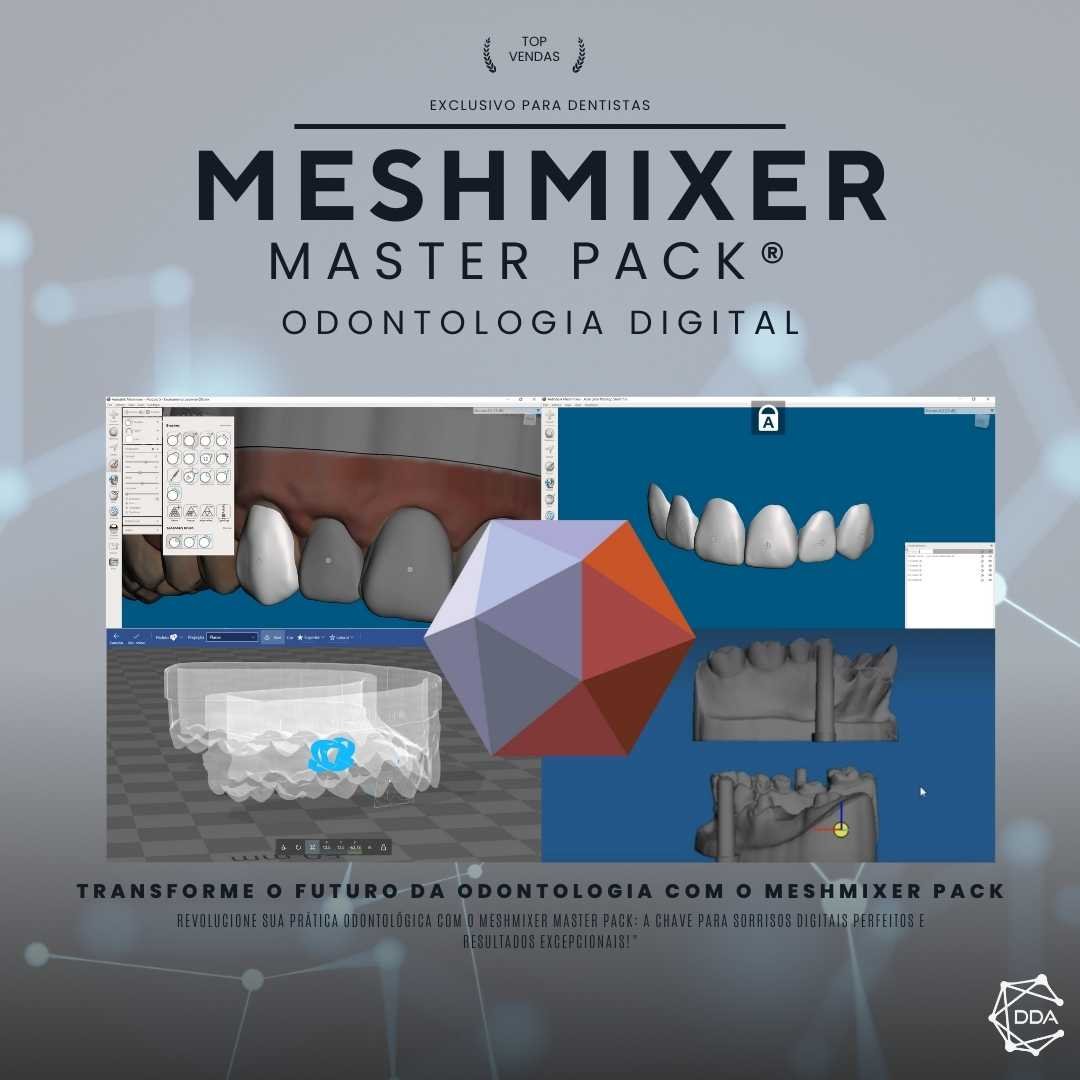What is it: Digital Pulp Tissue Removal
Digital pulp removal is a dental procedure performed to treat problems related to the dental pulp, which is the soft tissue located inside the tooth. This technique consists of removing the dental pulp and replacing it with a biocompatible material, with the aim of preserving the tooth structure and relieving the patient's pain.
How does digital pulp tissue removal work?
Digital pulp removal is performed in dental offices by professionals specialized in endodontics. The procedure begins with the application of local anesthesia to ensure patient comfort during treatment.
After anesthesia, the dentist uses a blanket, known as a rubber sheet, to isolate the tooth to be treated. This isolation is important to prevent contamination of the site and ensure the effectiveness of the procedure.
The dentist then makes a small access to the crown of the tooth using drills and other dental instruments. This access allows the professional to access the dental pulp, which is located on the inside of the tooth.
What instruments are used in digital pulp tissue removal?
In digital pulp tissue removal, several dental instruments are used to perform the procedure efficiently and safely. Some of the main instruments used are:
– Dental drills: used to access the pulp tissue and remove the dental pulp;
– Endodontic files: used to shape the root canal and remove infected pulp tissue;
– Ultrasonic tips: used to assist in removing pulp tissue and cleaning the root canal;
– Apex locators: used to determine the exact position of the tooth apex, facilitating endodontic treatment;
– Thermoplastic fillings: used to fill the root canal with a biocompatible material, such as gutta-percha, after removing the pulp tissue.
What are the benefits of digital pulp tissue removal?
Digital removal of pulp tissue offers several benefits to the patient, such as:
– Pain relief: the procedure is performed to treat problems related to the dental pulp, which can cause severe pain. By removing the pulp tissue, the patient experiences significant pain relief;
– Tooth preservation: by removing the dental pulp and filling the root canal with a biocompatible material, the dentist preserves the tooth structure, avoiding extraction;
– Infection prevention: removing infected pulp tissue prevents the spread of infections to other areas of the mouth and body;
– Improved aesthetics: by preserving the tooth structure, digital removal of pulp tissue contributes to improving the aesthetics of the smile;
– Return of masticatory function: with appropriate treatment, the patient recovers masticatory function and can eat normally.
What are the precautions after digital removal of pulp tissue?
After digital removal of pulp tissue, it is important that the patient follows some guidelines to ensure the success of the treatment. Some precautions that should be taken are:
– Avoid hard and sticky foods in the first few days after the procedure;
– Maintain good oral hygiene, brushing your teeth after meals and flossing daily;
– Avoid eating or drinking very hot or very cold foods and drinks;
– Attend follow-up appointments scheduled by the dentist;
– Inform your dentist if you experience severe pain, swelling or any other unusual symptoms.
What are the possible complications of digital pulp tissue removal?
Although it is a safe and effective procedure, digital pulp removal can present some complications. Some of the possible problems that can occur are:
– Severe pain after the procedure, which can be controlled with medication prescribed by the dentist;
– Infection at the treated site, which can be treated with antibiotics;
– Fracture of the tooth during the procedure, which may require additional treatment;
– Perforation of the tooth root, which may lead to the need for more complex treatment;
– Return of the infection after treatment, if the patient does not follow the dentist’s instructions correctly.
Conclusion
Digital pulp removal is a dental procedure that aims to treat problems related to the dental pulp. With the use of appropriate dental instruments and the application of precise techniques, it is possible to remove the dental pulp efficiently and safely, preserving the tooth structure. The benefits of this procedure include pain relief, tooth preservation, prevention of infections, improved aesthetics and the return of chewing function. However, it is important to correctly follow the dentist's instructions and attend follow-up appointments to ensure the success of the treatment.

